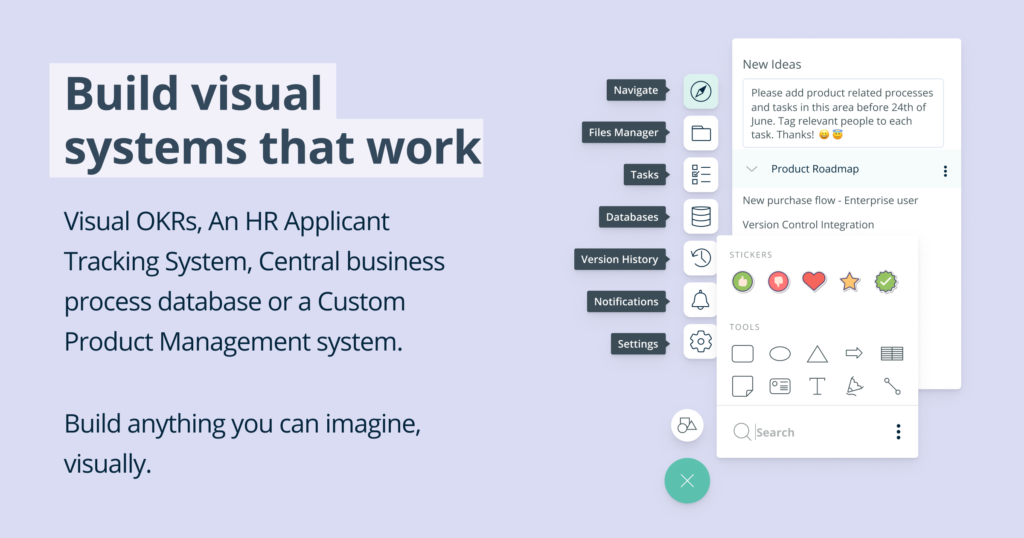Business Processes – What is Business Process Improvement & How do the Business Analyst get involved?
As a Business Analyst you will get involved in business projects where there are some talk about the business processes and the fact that one of the outcomes of implementing the next solution should improve those business processes. This is typical comment that you will hear when being part of any type of project team. You may also get involved in projects where the total focus is on gaining business process efficiency and everything is geared toward business process analysis using a structured Business Process Management approach. These types of projects are purely about Business Process Improvement and as the Business Analyst you will be following a very structured approach and use specific tools to perform your Business Process Analysis work. Regardless of how deeply involved you are as a Business Analyst in the Business Process Improvement aspects of projects, you will need to know at least the fundamentals of what Business Process Improvement is all about before you start.
 Let’s start at the very beginning and gain an understanding of business process fundamental concepts.
Let’s start at the very beginning and gain an understanding of business process fundamental concepts.
What is Business Processes?
A business process is a set of steps a business performs to create value for customers. A process consists of three basic components:
- Inputs: The inputs start the process. For example, if you are building a skateboard, the inputs are the wheels, nuts, bolts, board and so forth.
- Activities: The activities transform inputs into outputs. In the skateboard example, activities would include building the axes, attaching it to the board and aligning the wheels.
- Outputs: The outputs, also sometimes referred to as outcomes, are the results of the activities. In this example, the finished skateboard.
Business processes exist in every organisation, not just in the context of making physical goods but also in performing intangible functions that makes a business operate. For example, a company that provides management consulting services, there are still inputs (such as the consultant’s knowledge, and best practice guides), activities (such as conducting a current state analysis at the client’s premises) and outputs (such as a current state report to be delivered to the client).
I recommend this easy to use, professional online business process drawing tool: Creately.com
Linking People, Technology and information to Business Processes
You can also consider business processes in the context of a series of events that bring together people, technology and information in ways that create valuable outputs. Consider these every day occurrences:
The people around you in the office are carrying out activities based on inputs they receive – such as customer service inquiries. Their individual skills and knowledge constitute additional inputs.
These people often also use technology such as the Internet and computers when they are performing these activities. Examples of how technology is utilized during the performing of activities would include sending emails or retrieving customer data from a system.
In summary, business processes constitute all the activities your company engages in – using people, technology and information whilst carrying out it’s mission, set goals and measure performances and addressing the ever arising challenges every organisation face.
Business processes determine the effectiveness and efficiency of your company’s operations, the quality of your customers’ experiences and ultimately your organisation’s financial success.
Every organisation contains a large number of business processes. Some are simple processes carried out in a single division or department such as data entry type activities whereas others are complex business processes implemented throughout your company such as developing successful products for the market.
I recommend this easy to use, professional online business process drawing tool: Creately.com
How does Business Process Analysis get applied in the Business Analysis Profession?
Business Process Analysis in the context of Business Analysis is always around Business Process Improvement initiatives. The reason a Business Analyst will be involved in Business Process Analysis is purely around identifying current Business Process issues, problems and inefficiencies and working towards developing an improved Business Process for implementation using a variety of potential approaches and tools.
 Business Processes are mostly invisible and hence often not the first consideration for investigation when something goes wrong within an organisation. People often don’t realise consciously that a particular inefficiency or perhaps a series of them are to blame for errors that occurs at the more visible end product or often customer experience. The company may even spend money to replace a person who appears to be the one causing the problem when it is really an inefficient or under development business process that is to blame. The other classic tangible point for blame is the technology solution that is facilitating the business process activities and can only perform as well as the business process that was designed and implemented. You would probably have seen many projects being initiated to replace technology solutions when this was in fact not strictly necessary. Often a change in business process could solve a lot of business problems in even a more cost effective way.
Business Processes are mostly invisible and hence often not the first consideration for investigation when something goes wrong within an organisation. People often don’t realise consciously that a particular inefficiency or perhaps a series of them are to blame for errors that occurs at the more visible end product or often customer experience. The company may even spend money to replace a person who appears to be the one causing the problem when it is really an inefficient or under development business process that is to blame. The other classic tangible point for blame is the technology solution that is facilitating the business process activities and can only perform as well as the business process that was designed and implemented. You would probably have seen many projects being initiated to replace technology solutions when this was in fact not strictly necessary. Often a change in business process could solve a lot of business problems in even a more cost effective way.
Considering that the Business Analyst will get involved in Business Process Improvement activities, let’s now consider what Business Process Improvement is all about.
What is Business Process Improvement?
Business Process Improvement (BPI) is a set of disciplined approaches and tools that people use to enhance their companies performance. BPI is often referred to as Business Process Management (BPM) and it focuses on enhancing the business processes’ level of effectiveness within the organisation. Business Process Improvement can be applied at any level in the organisation and follows the same basic structure. When performing BPI in the organisation you will find that the managers and employees know their business processes and captures them in process maps, procedural manuals and appropriate “how to” guides internally. The Business Processes are being tracked for performance by specific metrics that is established and measured on a periodic basis. It is common for company’s to invest in different ways to improve the Business Processes within their organisation to both develop their competitive position in the market or gain cost and time efficiencies in order to save money spent off the bottom line. Regardless of the focus of these investments, it is vital for continuously growing your business as a whole.
Benefits of Business Process Improvement in the organisation
Apart from the already mentioned benefits of improving an organisations business processes there are some generic benefits that most organisations that embark on a business process improvement initiative is hoping to achieve.
Examples of these benefits include:
- Help the organisation understand how effectively your team is meeting the needs of the customer and other departments in your company.
- It could assist the recruitment department in their hiring strategies to improve skill levels and expertise in your team.
- The initiative could save the organisation time and money by simplifying overly complex and expensive processes.
- It could also help in identifying completely new business processes which could help enhance your product offering or customer experience whilst saving value money in unnecessary costs.
Key Stages of any Business Process Improvement initiative
As a Business Analyst working on a Business Process Improvement initiative you should be aware that there are six main stages that any approach around Business Process Improvements should follow. We outline those below:
- Plan – It is important to select the specific business process you want to improve, define its scope and determine your team.
- Analyse – This stage is about closely examining the business process you’ve identified as a candidate for improvement.
- Redesign – Determine what changes you want to make to ensure improvements.
- Resources – Identify and acquire the people, equipment and any other resources you will need to implement the redesign you have delivered.
- Implement – This stage is about implementing the required business process changes.
- Continually improve – Measure and maintain the business process changes to ensure the planned efficiencies are gained as planned.
In conclusion
Now that you have learned some fundamental business process concepts and understand some of the scope of what a Business Process Initiative is about, you should dive deeper into understanding the more specific business process improvement approaches that exist and learn at least the most commonly used Business Process Notations. Examples of these notations include: UML Activity Modelling and Business Process Modelling Notation (BPMN version 2.0).
As a Business Analyst it is very likely that you will come across Business Process Improvement activities or projects in your work life. This is why it is essential to take the time to familiarise yourself with these fundamental concepts, approaches and tools.
I recommend this easy to use, professional online business process drawing tool: Creately.com
Do you have a comment or feedback that you would like to add to this discussion? Please share it below.




